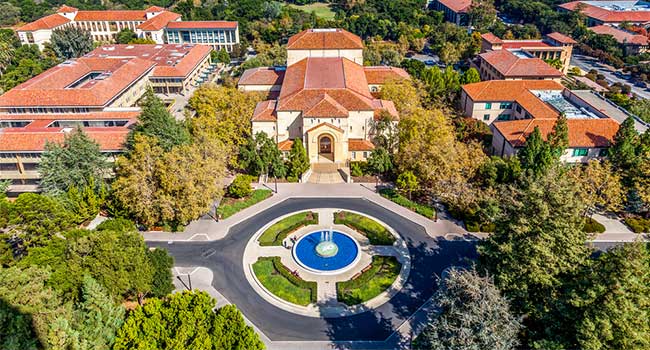
Stanford Updates Security, Replaces Old Access Cards
Stanford University has increased access control on campus.
- By Sydny Shepard
- October 23, 2018
Students, staff and faculty at Stanford will soon see upgrades in security on campus concerning the way they gain access to campus buildings.
According to Campus Card Services Director Jay Kohn, everyone who has an ID card issued before January 2017 is swapping over to a new card with increased security measures. Old wired readers on some buildings have been replaced with new ones, which interact with smart chips in the new cards to create an encrypted communication between the card and reader, according to the Stanford Daily. Previous cards and readers where not encrypted, therefore allowing the capture and display of sensitive information.
Other increased security features include closing in read range from 15 inches to one or two inches, according to University spokesperson E.J. Miranda. They will not work through most obstructions, including wallets and purses.
"We are also in the process of looking at using mobile technology to make access easier while retaining security," Miranda told The Daily.
About the Author
Sydny Shepard is the Executive Editor of Campus Security & Life Safety.